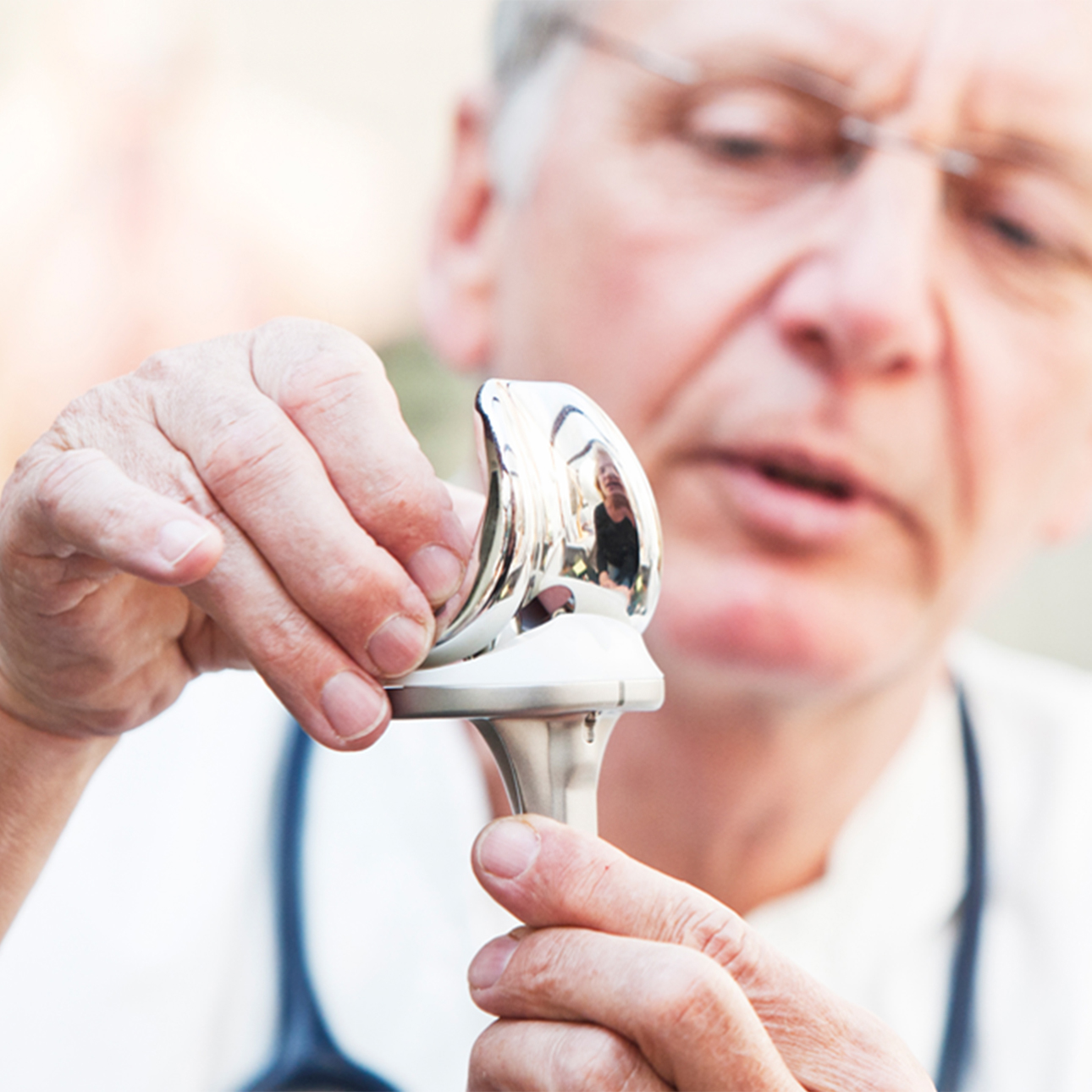
Rheumatoid Arthritis
Treatments
There currently is no cure for rheumatoid arthritis, although highly effective medications are available. The major goals of therapy are to reduce pain and discomfort, prevent deformities and loss of joint function, and improve a person's function, well-being and quality of life.
Drug Therapy
There are three classes of drugs commonly used in the treatment of rheumatoid arthritis:
- Non-steroidal anti-inflammatory drugs (NSAIDs)
- Corticosteroids
- Disease modifying anti-rheumatic drugs (DMARDs)
Medications relieve symptoms and work to slow the progression of the disease.
Physical Therapy
Exercise is an essential part of your treatment program. Your doctor and physical therapist will help you develop an exercise program to strengthen your joints without stressing them. However, rest also is important for people with active rheumatoid arthritis. Short period of rest are generally preferable to longer periods of inactivity.
Joint Protection
Canes, crutches or walkers may help relieve the stress and strain on arthritic joints. Learning ways to perform daily activities that are less stressful and painful on the joints also may be helpful. In addition, some people will use a joint splint for short periods to rest the joint as well as reduce pain and swelling.
Surgery
Several types of surgery are available to patients with severe joint damage. However, surgery is not for everyone and the decision to undergo surgery should be made only after careful consideration and discussion with your doctor. Commonly performed surgical procedures include:
- Joint Replacement The damaged joint is replaced with an artificial joint.
- Tendon Reconstruction The damaged tendon is rebuilt by adding one that is intact. This procedure is used most frequently on the hands.
- Synovectomy The inflamed synovial tissue, or the tissue that makes up the membranes surrounding joints and tendons, is removed, although it eventually grows back. This is typically done as part of reconstructive surgery, especially tendon reconstruction.
UCSF Health medical specialists have reviewed this information. It is for educational purposes only and is not intended to replace the advice of your doctor or other health care provider. We encourage you to discuss any questions or concerns you may have with your provider.
Treatments we specialize in
-

Hip Replacement
UCSF offers the latest advancements in joint replacement surgery to return patients to their normal activities.
Learn more -

Knee Replacement
Damaged bone and cartilage are replaced with metal and plastic to restore the knee's function.
Learn more -

Shoulder Replacement
Damaged bone and cartilage in a patient's shoulder are replaced with an implant made of metal and plastic.
Learn more





